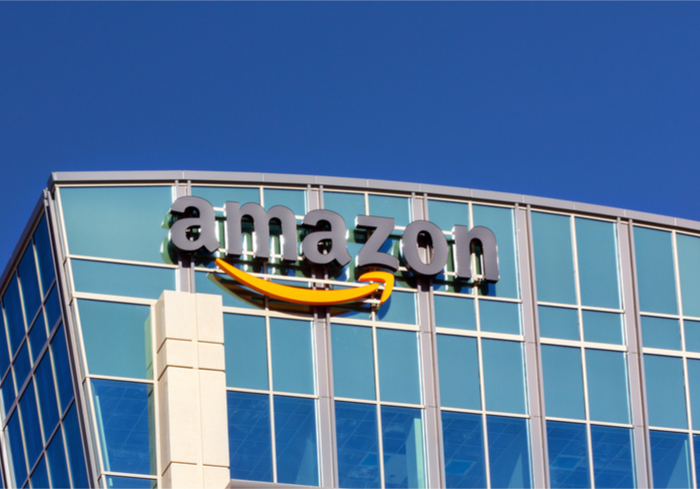Cities Attract Prospective Employers With Amazon H2Q Pitch Decks

The multimedia presentations that many cities made in their pitch for Amazon’s HQ2 have seen another use: In some cases, they have encouraged businesses to take an interest in cities like Philadelphia.
“We already have seen businesses that have expressed interest in Philadelphia and have told us they were driven specifically by what they saw in our pitch to Amazon,” Philadelphia Deputy Commerce Director Sylvie Gallier Howard told The Wall Street Journal.
The reason? The presentations were focused, in part, on Amazon’s requirements: For example, the decks contained information on the cities’ connections to Seattle. But the presentations also contained information that could be helpful to other businesses: The decks contained information on the availability of housing, transportation options and quality of life, among other topics.
Philadelphia, for example, landed a small algorithmic investment called Elm Partners after the company saw its Amazon pitch. (A friend of the company’s founder and chief executive sent along a link to the video.)
“The video just resonated with us really well,” Elm Partners CEO James White told The WSJ. While White hadn’t had the experience of living in Philadelphia before making the decision to move his company there, seeing the video “made us feel okay about taking that risk.”
Beyond Philadelphia, cities like Newark, New Jersey and Indianapolis, Indiana have seen increased interest from prospective companies. And some of those firms have specifically mentioned that Amazon HQ2 pitches sparked their interest in those cities, too.
The firm that organized Toronto’s proposal, Toronto Global, said the bid had garnered 15,000 downloads as of April. In addition, when reaching out to prospective companies, Toronto Global noticed that some of them had already looked at the online book.
Beyond making their cities Amazon HQ2-friendly, some municipalities are seeking to make their cities gig worker-friendly. Fiverr has partnered with Samaschool and Udemy, as well as officials in places such as Kansas City, Memphis, Richmond and Stockton to help make those locations more freelancer-friendly. One example is through a Digital Workforce Development Initiative (DWDI), a program that pairs companies and communities to provide training and support for specialized independent workers.
Brent Messenger, global head of community at Fiverr, said the four cities diving in with DWDI have realized that independent workers aren’t just benefitting themselves when they move to a city; rather, they’re participating in the city’s economy and boosting the entire community.
And the growth of freelance populations is closely tied to infrastructure and cost of living. Areas that have a lower cost of living and provide access to broadband tend to be attractive to freelance workers, and these are matters that cities should consider if they’re hoping to attract this population.
“People think they need to attract a company so they can get 200 people to boost the local economy,” Messenger said. “But 200 skilled independent workers will have the same effect. These four cities have decided, ‘Let’s keep that money here and see these people thrive. Let’s help them become some of the most successful entrepreneurs in our community.’”